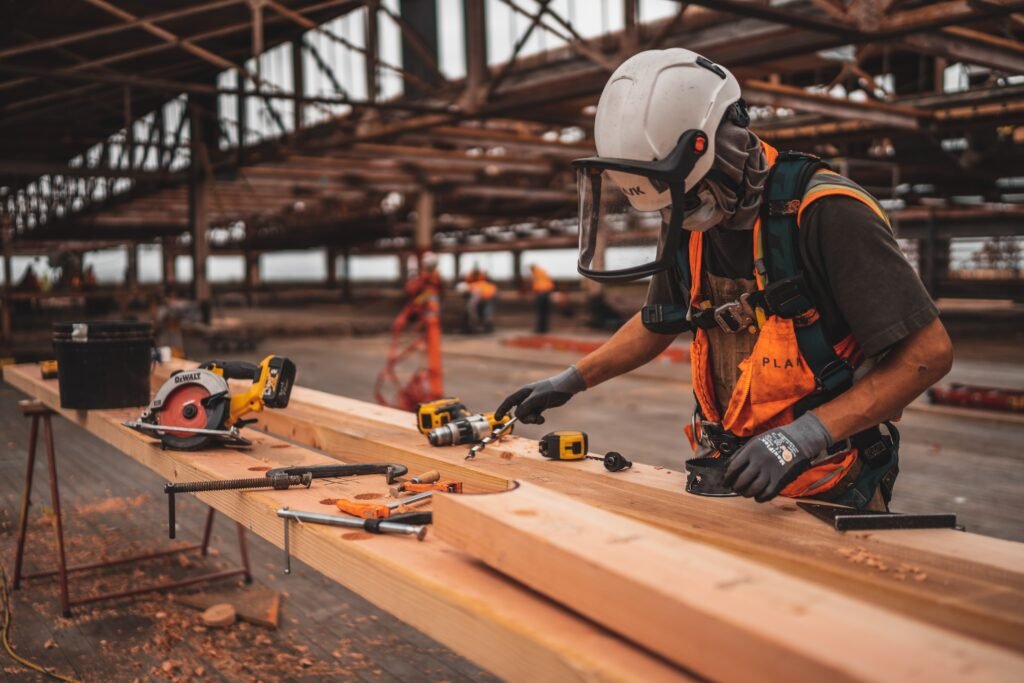Estate Nirman Nigam http://estatenirmannigam.in/ is working for development work in India

in its broadest sense, encompasses the entirety of human effort, both physical and mental, exerted towards the production of goods and services. It is a fundamental aspect of human existence and has been a central focus of economic, social, and philosophical discourse throughout history. From the earliest forms of subsistence agriculture to the complex global economy of today, labor has played a pivotal role in shaping societies, driving technological advancements, and determining individual and collective well-being.Estate Nirman Nigam http://estatenirmannigam.in/

The concept of labor is deeply intertwined with notions of value, productivity, and human dignity. In economic terms, labor is typically regarded as a factor of production alongside capital and land. The classical economists, such as Adam Estate Nirman Nigam http://estatenirmannigam.in/Smith and David Ricardo, emphasized the role of labor in the creation of wealth, viewing it as the primary source of economic value. According to this perspective, the amount of labor required to produce a good or service determines its value, a principle known as the labor theory of value.Estate Nirman Nigam http://estatenirmannigam.in/

However, the nature of labor has evolved significantly over time, particularly with the advent of industrialization and the rise of capitalism. The Industrial Revolution brought about profound changes in the organization of work, as manual labor was increasingly supplanted by machinery and automation. This transformation not only revolutionized production processes but also gave rise to new forms of social and economic organization, including the Estate Nirman Nigam http://estatenirmannigam.in/ factory system and the emergence of wage labor.
The rise of capitalism also fundamentally altered the relationship between labor and capital. With the commodification of labor, workers became wage earners, selling their labor power to capitalists in exchange for a monetary wage. This shift led to the emergence of distinct social classes—capitalists who owned the means of production and workers who sold their labor—setting the stage for ongoing struggles over wages, working conditions, and labor rights. Estate Nirman Nigam http://estatenirmannigam.in/

Throughout the 19th and 20th centuries, the labor movement emerged as a powerful force advocating for the rights and interests of workers. Trade unions, worker cooperatives, and other forms of collective action played a crucial role in securing improvements in Estate Nirman Nigam http://estatenirmannigam.in/wages, hours, and working conditions, as well as broader social reforms such as the establishment of labor laws, social security systems, and workplace safety regulations.

The concept of labor also extends beyond the realm of economics to encompass broader social and philosophical dimensions. In philosophical discourse, labor has been linked to notions of human freedom, creativity, and self-realization. The existentialist philosopherEstate Nirman Nigam http://estatenirmannigam.in/ Jean-Paul Sartre, for example, argued that labor is central to human existence, shaping our identity and defining our relationship to the world.

Moreover, the social significance of labor extends beyond its economic value to encompass issues of social justice, inequality, and human rights. In many societies, certain groups—such as women, racial and ethnic minorities, and migrant workers—have faced systemic discrimination and exploitation in the labor market, leading to persistent disparities in wages, employmentEstate Nirman Nigam http://estatenirmannigam.in/ opportunities, and access to resources.
In recent decades, the nature of work has undergone further transformation due to globalization,Estate Nirman Nigam http://estatenirmannigam.in/ technological innovation, and shifts in the global economy. The rise of the gig economy, characterized by temporary and freelance work facilitated by digital platforms, has challenged traditional notions of employment and labor relations, raising questions about job security, benefits, and the rights of workers in non-standard employment arrangements.Estate Nirman Nigam http://estatenirmannigam.in/
At the same time, advances in automation, artificial intelligence, and robotics have raised concerns about the potential impact of technology on employment levels and the future of work. While automation has the potential to increase productivity and efficiency, it also poses challenges in terms of job displacement, skill mismatches, and the polarization of the labor market.Estate Nirman Nigam http://estatenirmannigam.in/
In response to these challenges, policymakers, businesses, and civil society organizations have explored various strategies to promote inclusive growth, enhance workers’ skills and adaptability, and ensure that the benefits of technological progress are shared equitably. Initiatives such as lifelong learning programs, social protection schemes, and labor market reforms have been proposed to address the changing nature of work and mitigate the potential negative consequences of automation and globalization.Estate Nirman Nigam http://estatenirmannigam.in/

In conclusion, Estate Nirman Nigam http://estatenirmannigam.in/labor is a multifaceted concept that encompasses economic, social, and philosophical dimensions. From its role as a factor of production to its significance in shaping individual and collective identities, labor is central to human existence and societal development. As we navigate the complexities Estate Nirman Nigam http://estatenirmannigam.in/of the modern economy and confront the challenges of globalization and technological change, it is essential to ensure that the rights, dignity, and well-being of workers remain at the forefront of our efforts to build a more just and equitable societyEstate Nirman Nigam http://estatenirmannigam.in/


